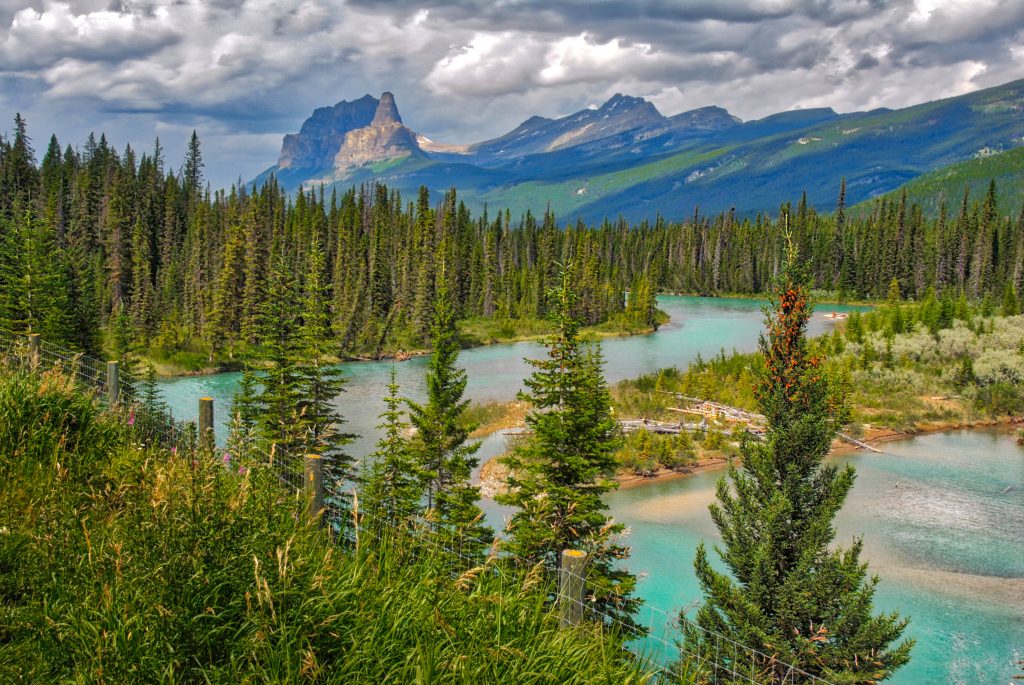NESSC research: Boreal forests nearly contracting
Forests of North America are close to tipping point on a continental scale.
An important NESSC study just published in Nature Communications shows how the vast forests covering Canada and Alaska are shifting as the climate on earth is warming. This shift is faster at the southern than the northern boundaries. The mismatch indicates that boreal forests are close to a tipping point of contraction on a continental scale. The team of NESSC researchers from Wageningen University & Research used twenty years of tree cover data from satellites to observe how boreal forests in North America are changing.

Boreal forests are expected to move northwards with climate warming as trees may be able to grow into areas that were previously too cold for them. Also, climate may become too warm and dry in the southern parts of the boreal forest distribution where boreal trees have evolved under cold conditions. “The rates at which these two processes happen is key. The southern boreal may lose trees much faster than the northern boreal gains trees through expansion,” says Ronny Rotbarth, first author of the paper and PhD candidate at Wageningen University & Research. “Such a mismatch would indicate a contraction of the biome.”
Tracking forests from space
The research team used 20 years of tree cover data from satellites across the North American boreal biome to observe the change in tree cover along a south-to-north gradient. Over this period, forests became denser in the central boreal and thinner in the southern boreal. The researchers found a mismatch between high tree cover losses in the south and low tree cover gains in the north. “We were surprised by the clear patterns that emerged moving from south to north. They indicate that boreal forests are shifting northwards and they seem to do it while contracting in the south,” adds NESSC researcher Marten Scheffer, professor of complex systems at Wageningen University & Research. The scientists also compared how forests changed under the influence of fire and timber logging. Both disturbances amplified tree cover losses more strongly in the southern boreal where forests are already stressed from warming.

Boreal forests and climate
Boreal forests are of global importance, as they store large amounts of carbon in the biomass of trees and in the soil. A long-term contraction of the biome may release a part of this carbon pool which could further increase global warming. “We do not expect that the forest dynamics we observed will slow down. On the contrary, warmer temperatures will increase forest fires and insect outbreaks, intensifying the loss of forests in today’s southern ranges,” adds Milena Holmgren at Wageningen University & Research.
Knowledge about the future health of boreal forests could help to anticipate the impacts of forest changes on global climate. Jane Jepsen, a researcher at the Norwegian Institute for Nature Research and involved in the study: “Boreal forests are sentinels of change also affecting arctic and temperate ecosystems. Continental-scale biome shifts, such as the one documented by us, highlight the urgent need for long-term monitoring, particularly at the edges of our major forest ecosystems.”
Article
Northern expansion is not compensating for southern declines in North American boreal forests.
Nature Communications, 2023.
Ronny Rotbarth, Egbert van Nes, Marten Scheffer, Jane Uhd Jepsen, Ole Petter Laksforsmo Vindstad, Chi Xu, & Milena Holmgren.

